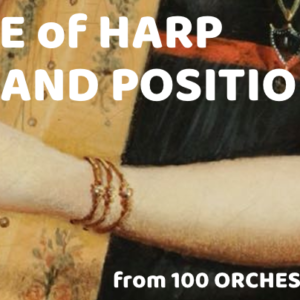Double Basses – Bowing and Articulation
The orchestrator needs to understand how difficult it is to make the double bass speak well, and to what lengths players go to get the ideal sound. There are a number of different considerations, but I’ll touch on the three most important here. The first is what choice of bow. The most common bow that…
Read more…





